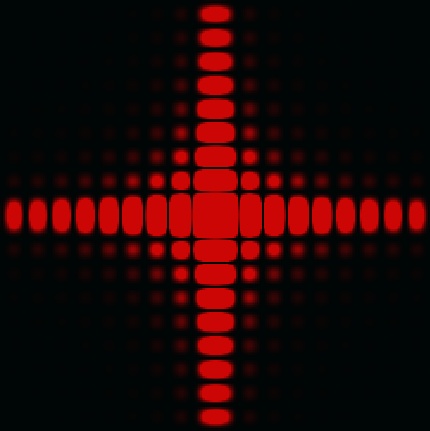| "What will the Unity horn offer" [message #46753 is a reply to message #46752] |
Mon, 25 April 2005 01:10   |
 |
 Wayne Parham
Wayne Parham
Messages: 18985
Registered: January 2001
|
Illuminati (33rd Degree) |
|
|
The Unity concept is interesting but I think it tries to solve one problem by doing something that introduces two more problems. It may be that in prosound applications, its benefits outweigh its liabilities or it may just be a marketing strategy that isn't particularly useful compared with other prosound designs. I don't know, and I don't care to speculate. I do not think it is the best approach for high fidelity sound in domestic environments.
The way I see the Unity horn, the idea is to place the midrange and tweeter very close together, arranging them within the horn in such a way that the off-axis nulls are outside the pattern in both the horizontal and vertical axis. That is of course a worthy goal, something anyone seeking constant directivity over a large bandwidth strives for. Its strength is the close grouping of drivers, something like a coaxial arrangement. But its weaknesses are that the midrange drivers are placed in the side walls of the horn, where their wavefronts collide with the adjacent and opposing side walls and the apex of the horn. This causes multiple reflections in addition to the desired wavefront travelling forward. The midrange side holes are also a discontinuity for the tweeter expansion, which causes unwanted reflections for it too.
The first Unity horn I encountered did not even solve the problem of maintaining constructive interaction within the pattern. There was a pronounced null that caused a sharp 15dB notch at 4kHz. To me, this was unacceptable, since the stated benefit of having this configuration was to provide an acoustic source that acted like it came from a single radiator having constant directivity. The notch clearly exposed the multiple drivers as a summing anomaly.
This would be a difficult speaker configuration for a DIY'er, I would think. You're juggling a lot of things. You have to position the midrange and tweeters and make the crossover provide summing on-axis. That's the first step. The coverage pattern cannot exceed the angle of the nulls, which is the second step. If summing is constructive on-axis, then it should remain good out to the edge of the pattern. Nulls should not be allowed to form within the pattern. The third step is to do something to mitigate the problems of discontinuities from the sidewall holes and the internal reflections that result. Each of these steps have to be done simultaneously, so it's a juggling act. You'll need a lot of empirical "cut and try" testing, or a heck of a good FEA program to analyze all the stuff going on.
By the way, in addition to the claims of time alignment, some people have been given the idea the Unity horn generates no nulls outside the pattern. Some are saying the Unity is immune to the things that cause lobes and nulls to form. This is not true. I suppose there is an attraction to "silver bullet" ideas, but the truth is even if you have a single point source horn, lobes and nulls still form outside the pattern because of mouth diffraction. Summation between multiple drivers isn't the only cause, so even if you were to obtain perfect summation in 3D space, lobes separated by nulls form in the far field because of Fraunhofer diffraction.
 Diffraction pattern from a square mouth
Diffraction pattern from a square mouth
|
|
|
|







